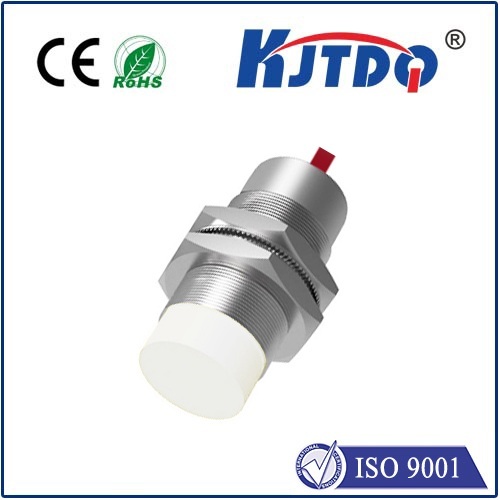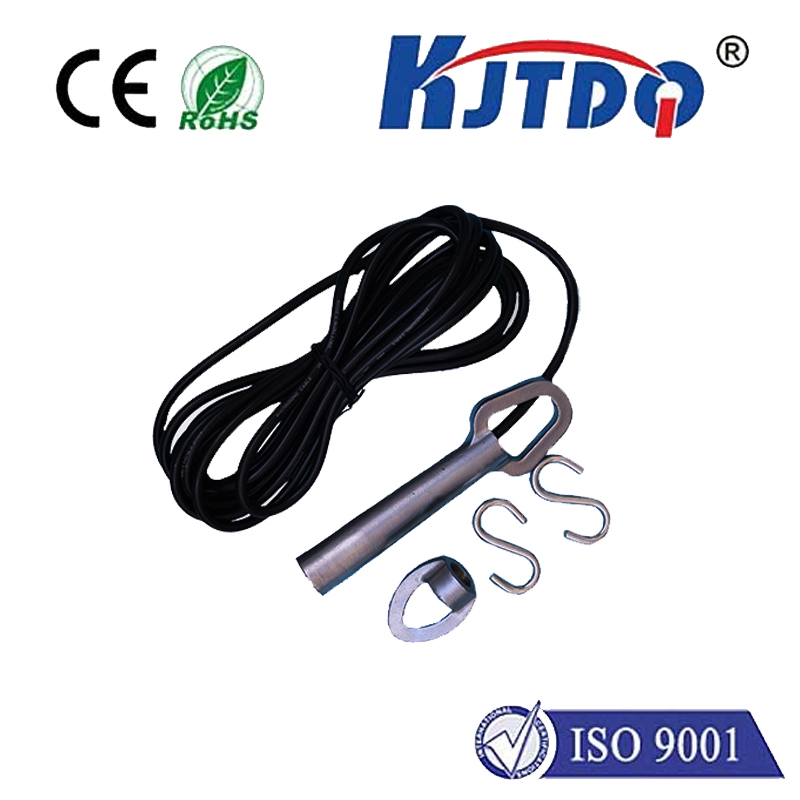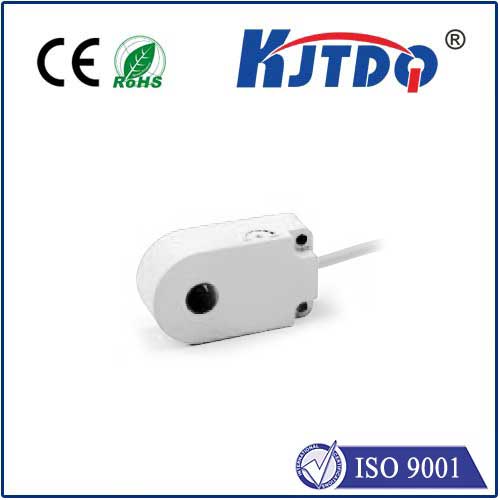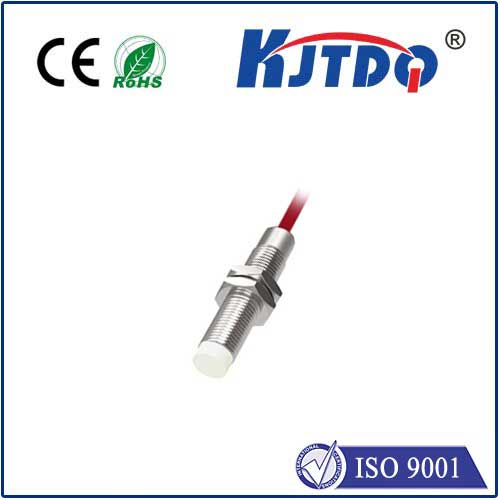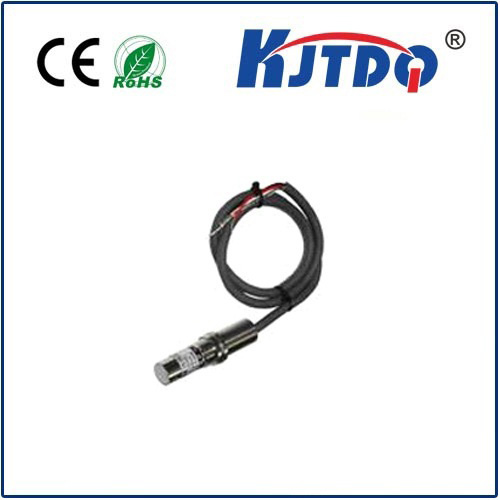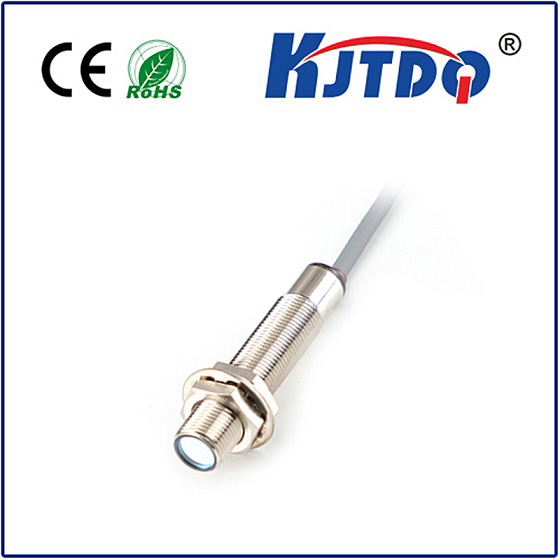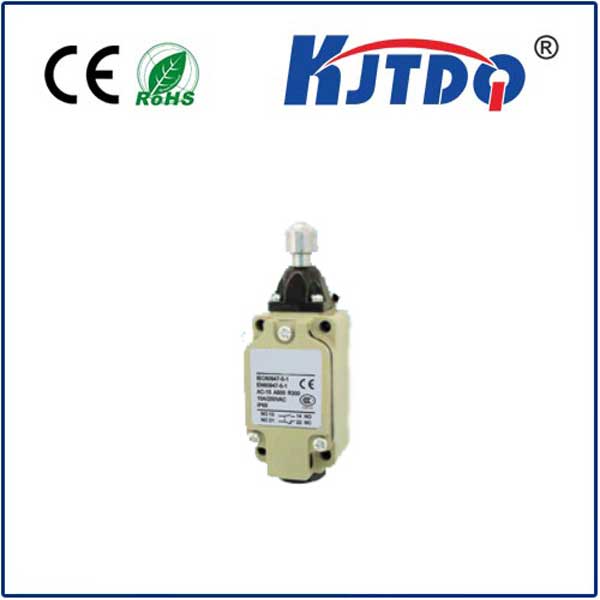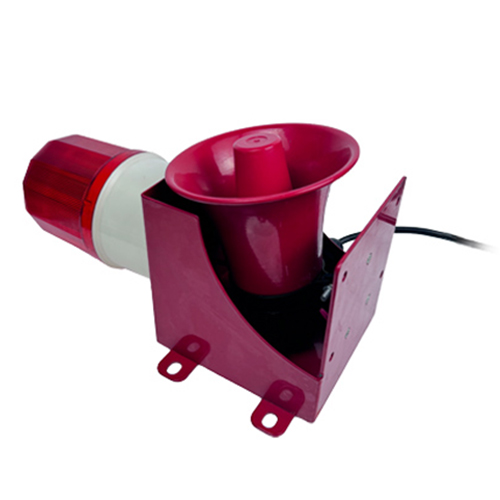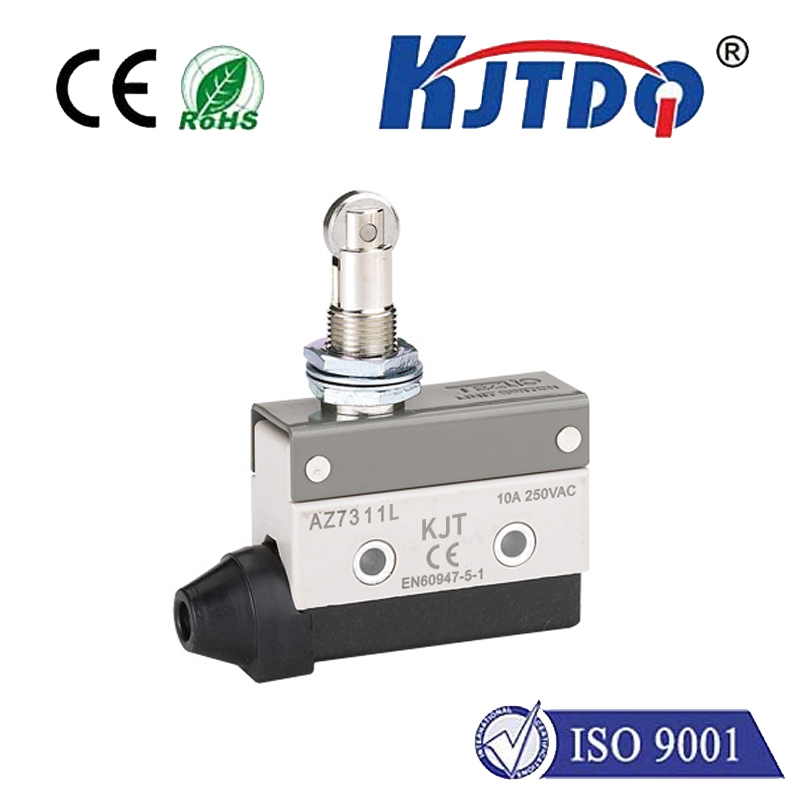proximity touch sensor
- time:2025-07-16 08:27:47
- Click:0
The Unseen Revolution: How Proximity Touch Sensors Are Redefining Interaction
Ever cursed a fingerprint-smudged smartphone screen? Struggled with touch controls in the rain? Or wondered how your phone dims the display when held to your ear? The unsung hero enabling these subtle yet crucial interactions is the proximity touch sensor. Far more than just a component, it represents a fundamental shift towards intuitive, robust, and hygienic user interfaces. This technology quietly anticipates our intent, bridging the gap between user and machine without demanding physical contact. Understanding its workings and applications reveals a fascinating layer of modern design ingenuity.
What Exactly Is a Proximity Touch Sensor?
At its essence, a proximity touch sensor is a device engineered to detect the presence or absence of an object (like a finger, hand, or face) within a specific, close range without direct physical contact. It achieves this by sensing changes in an electromagnetic field, infrared light, or ultrasonic waves projected near its surface. It’s not about registering a “push”; it’s about knowing something is near. This fundamental difference unlocks a world of possibilities beyond traditional capacitive touchscreens.
Core Technologies Powering Proximity Sensing
Several key technologies drive these sensors, each with unique capabilities:
- Capacitive Proximity Sensing: Building on the technology used in touchscreens, this method senses changes in an electrostatic field. When an object (especially conductive like a human body) enters the field, it alters the capacitance. The sensor detects this change, interpreting it as proximity. Capacitive sensors are highly sensitive, widely used (especially in smartphones), and cost-effective, though their range is typically limited to a few centimeters and they can sometimes be affected by environmental factors like moisture.
- Infrared (IR) Proximity Sensing: This technology employs an IR light-emitting diode (LED) and an IR light detector (photodiode). The IR LED emits an invisible beam. When an object approaches, it reflects this IR light back towards the photodiode. The sensor detects the intensity of the reflected light, determining proximity. Infrared proximity sensors can achieve slightly longer ranges than capacitive ones and function well regardless of the object’s conductivity. However, bright ambient light or specific reflective surfaces can sometimes interfere.
- Ultrasonic Proximity Sensing: Utilizing sound waves beyond human hearing, these sensors emit ultrasonic pulses and measure the time it takes for the echo to return. Distance to the object is calculated based on the speed of sound. This allows for more precise distance measurement over relatively longer ranges compared to capacitive or IR (up to several meters). They work well in challenging environments (dust, fog) but can be more complex and potentially affected by temperature or air turbulence.
Beyond these primary types, advancements in inductive (detecting metal objects), photoelectric, and even time-of-flight (ToF) sensing also contribute to proximity detection in various niche applications.
Why Proximity Touch Sensors Are Game Changers: Key Advantages
The shift from purely contact-based to proximity-aware interfaces brings compelling benefits:
- Enhanced User Experience (UX): They enable intuitive interactions. Imagine automatic screen wake-up as you reach for your device, or an appliance springing to life as your hand approaches. This anticipatory function creates seamless, almost magical UX.
- Unmatched Hygiene: In a post-pandemic world, touchless operation is more than convenient—it’s a health consideration. Reducing the need to physically touch surfaces in public kiosks, medical equipment, or shared appliances minimizes germ transmission.
- Improved Durability & Reliability: By eliminating or reducing direct physical contact, wear and tear on mechanical buttons or screen surfaces is drastically reduced. They also shine in harsh environments – functioning reliably when surfaces are wet, oily, gloved, or obscured by light condensation.
- Power Efficiency: Selective activation is a huge power saver. Sensors like those in smartphones turn off the display during calls to prevent accidental screen touches, conserving battery. Devices can wake only when genuine interaction is sensed nearby.
- Form Factor Flexibility: Proximity sensing capabilities can be integrated behind panels, under water-resistant seals, or through materials where traditional buttons or touchscreens wouldn’t be feasible, enabling sleeker, more robust product designs.
- Robustness Against False Triggers: Unlike basic motion sensors, proximity sensors focus on a very localized field, making them less prone to accidental activation from random movement further away.
Where Proximity Sensing Makes its Mark: Diverse Applications
The reach of proximity touch sensors extends far beyond locking your phone during a call:
- Consumer Electronics: Smartphones (call detection, auto-brightness), tablets, laptops (wake-on-approach), smart speakers (volume gesture control), TVs, game consoles.
- Automotive: Touchless control panels within the cabin (adjusting HVAC, audio), preventing driver distraction; hands-free trunk opening; driver presence detection.
- Home Automation & Appliances: Touchless faucets, soap dispensers, light switches; ovens and microwaves displaying controls only when approached; smart mirrors.
- Industrial & Public Interfaces: Robust kiosks (ATMs, ticketing machines, info points) resistant to weather and vandalism; touchless control panels in manufacturing environments; touchless entry systems.
- Medical Devices: Ensuring hygiene on equipment controls; vital sign monitors using proximity for activation.
- Robotics: Enabling safe human-robot interaction (HRI) by sensing nearby personnel for collision avoidance or collaborative tasks.
The Future is Near: Where Proximity Sensing is Headed
The evolution of proximity sensing technology is ongoing. We can expect:
- Greater Integration & Miniaturization: Sensors becoming smaller, cheaper, and more seamlessly embedded into devices and surfaces.
- Enhanced Intelligence & Context Awareness: Combining proximity data with other sensors and AI to infer user intent more accurately. Imagine a proximity touch interface that adapts its available functions based on how your hand approaches or what tool you might be holding.
- Higher Precision & Longer Range: Refinements in ultrasonic and ToF sensors enabling more nuanced gesture control and interaction at slightly greater distances.
- New Material Integration: Development of sensors working effectively through thicker or more complex materials.
- Ubiquity: Moving beyond screens and buttons into everyday objects, creating ambient interfaces that respond naturally to our presence.
Proximity touch sensors are not mere replacements for buttons; they are enablers of a fundamentally different way to interact with technology. By allowing devices to sense our intent before we even make contact, they create interfaces that are cleaner, smarter, more durable, and ultimately, more human-centric. From the smartphone in your pocket to the kiosk at the mall and the car on the road, the quiet revolution of proximity sensing continues to make our interactions smoother, safer, and significantly more intuitive.











